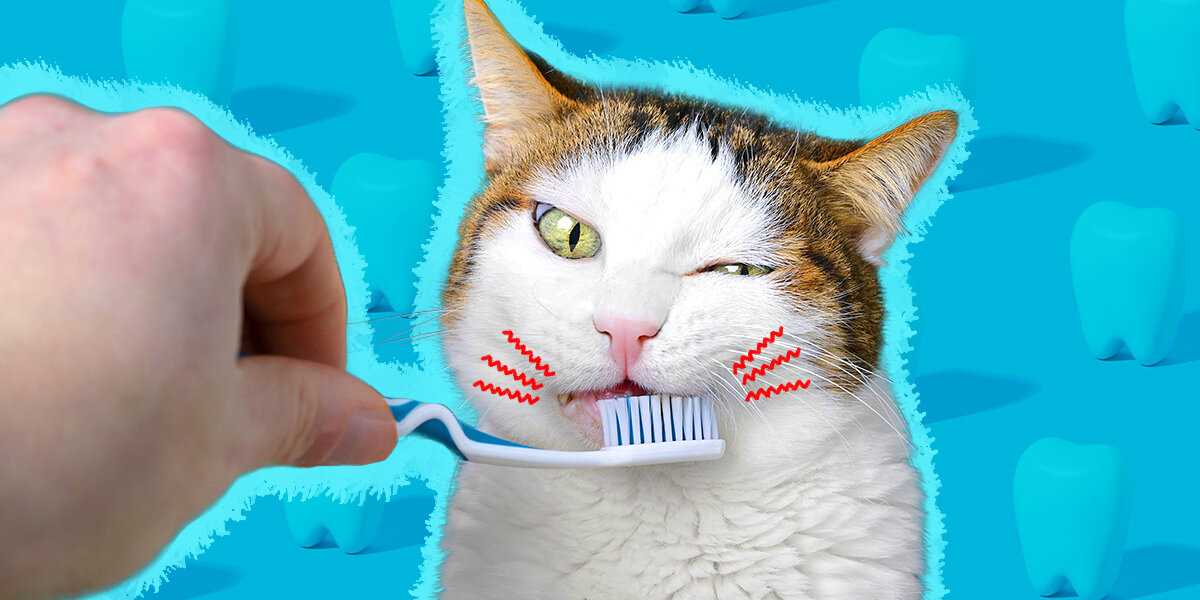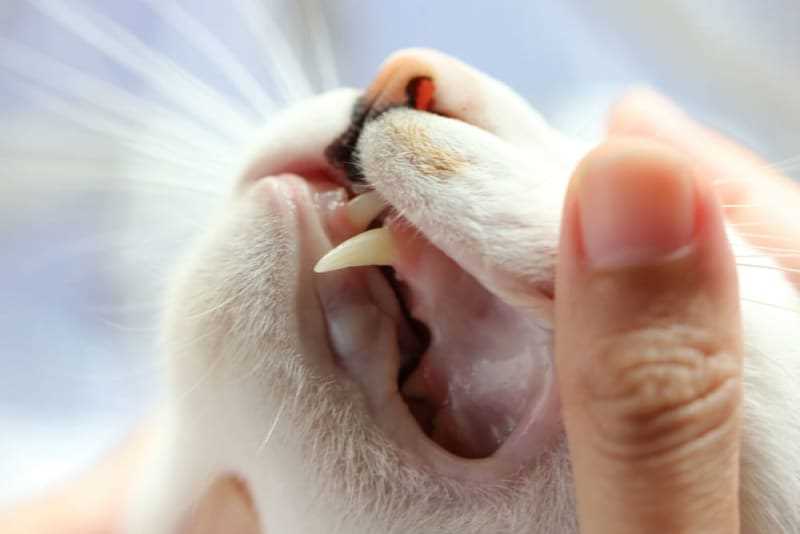Regular dental check-ups are critical for maintaining optimal oral health. Scheduling a visit to the veterinarian for a thorough examination can identify the presence of inflammation and plaque buildup in the mouth.
Daily dental care routines are indispensable. Utilizing specially designed toothpaste for felines along with a soft-bristled toothbrush can significantly improve oral hygiene. Introducing dental treats formulated for cats can also aid in reducing plaque accumulation.
Incorporating water additives that promote oral health can enhance the effectiveness of daily cleaning. These products help in minimizing bacteria and can be easily added to drinking water.
Monitoring dietary habits plays a significant role in maintaining a healthy mouth. Feeding high-quality kibble can contribute to better dental health compared to soft food. Additionally, providing chew toys designed for dental care can assist in mechanically cleaning teeth.
Recognizing signs of discomfort or pain is essential. Observing changes in eating habits, excessive drooling, or bad breath signals the need for prompt veterinary attention. Early intervention can prevent more severe health issues down the line.
Identifying Symptoms of Gingivitis in Cats

Red or swollen gums signal potential issues. Pay attention to any signs of discomfort during mealtime, such as reluctance to eat or chewing on one side. Bad breath is another indicator; if it smells unusual, it may be a cause for concern.
Excessive drooling can also point to gum problems. Observe for any blood in the saliva or on toys; these are clear signs that something is wrong. Additional symptoms include pawing at the mouth or changes in behavior, like increased irritability or hiding. Regularly checking the mouth can help catch these issues early, ensuring that a feline friend stays healthy.
For hydration, consider a best pet drinking fountain for cats to encourage drinking. Staying well-hydrated supports oral health and can help minimize the risk of gum-related conditions.
Steps for Professional Dental Cleaning
First, a thorough examination begins with sedation, ensuring I remain calm and still while the vet inspects my mouth. This is crucial for accurate assessment. The vet checks for plaque, tartar buildup, and any signs of inflammation.
Next, scaling is performed using ultrasonic tools to remove stubborn deposits. This process is vital for preventing further dental issues. After scaling, polishing takes place to smooth the enamel surface, making it harder for plaque to accumulate in the future.
Flushing and Rinsing
After polishing, a gentle rinse is necessary to wash away debris and leftover particles. This step ensures a clean slate for the following treatments. Antiseptic solutions may be used to reduce bacteria in the mouth, contributing to overall oral health.
Post-Cleaning Care
After the cleaning session, recommendations for home care follow. Regular brushing with cat-friendly toothpaste and dental treats can help maintain that fresh feeling. Regular check-ups ensure that oral health remains a priority, minimizing the risk of future complications.
Home Care Practices to Manage Gingivitis
Daily tooth brushing is the cornerstone of oral hygiene. Use a soft-bristled brush and toothpaste formulated for felines. Aim for at least two to three times a week to reduce plaque buildup.
Offer dental treats specifically designed to promote oral health. These snacks can help mechanically remove debris and reduce tartar. Look for products with the Veterinary Oral Health Council (VOHC) seal of approval.
Incorporate dental water additives into drinking water. These solutions can help control bacteria and maintain fresh breath. Follow the manufacturer’s instructions for proper dosage.
Regularly inspect the mouth and gums for any changes. Use a flashlight to check for redness, swelling, or lesions. If any abnormalities are noticed, consult a veterinarian promptly.
Provide chew toys that promote dental health. Rubber or nylon options can help scrape away plaque while keeping the feline entertained. Rotate toys regularly to maintain interest.
Maintain a balanced diet with a focus on dry kibble, as it can be more beneficial for dental health than wet food. High-quality commercial diets often include ingredients that support oral care.
Establish a routine dental checkup every six months. Regular professional evaluations can catch issues early and ensure ongoing oral health. Always follow up with recommendations from the vet.
Choosing the Right Dental Products for Cats

Selecting appropriate dental items is critical for maintaining oral health. Look for products specifically designed for felines to ensure safety and effectiveness.
- Toothpaste: Choose enzymatic formulas that are safe for consumption. Avoid human toothpaste as it’s toxic to pets.
- Toothbrush: Opt for brushes with soft bristles and a design suited for a cat’s mouth. Finger brushes can also be effective for comfort.
- Dental Treats: Look for treats approved by veterinary dental organizations. They should reduce plaque and tartar while being palatable.
- Water Additives: These products can help minimize bacteria in the mouth. Ensure they are specifically formulated for felines.
- Chew Toys: Durable toys designed to promote chewing can support dental hygiene. Select ones that are safe and appropriately sized.
Regularly check expiration dates on these products and store them properly to maintain their effectiveness. Consult with a veterinarian for personalized recommendations based on health status and dental needs.
Adjusting Diet to Support Oral Health
Incorporating specific foods can significantly enhance dental well-being. Crunchy kibble is a smart choice; it helps remove plaque while chewing. Look for options formulated to promote dental hygiene, as they often contain ingredients that reduce tartar buildup.
Wet food, while tasty, can contribute to plaque accumulation. If moist meals are preferred, consider brands that include dental benefits or add dental treats to the routine. These treats are designed to scrub teeth and freshen breath.
In addition to regular meals, consider adding raw vegetables like carrots or sweet potatoes as occasional snacks. These crunchy options can help naturally clean teeth during munching.
Monitoring the nutritional balance is essential. Ensure the diet is rich in omega fatty acids, vitamins, and minerals that support overall health, including the gums. Supplements such as omega-3 oils can contribute to reduced inflammation and healthier gums.
Staying hydrated is equally important. Fresh water aids in proper oral function. Consider a water fountain to encourage drinking, which can help rinse away food particles and bacteria.
Always consult with a veterinarian before making significant dietary changes, ensuring the chosen foods meet specific health needs and contribute positively to oral hygiene.
When to Consult a Veterinarian for Gum Disease
Seek veterinary assistance immediately if any of the following signs appear: persistent bad breath, bleeding gums, difficulty eating, excessive drooling, or swollen gums. These symptoms indicate a potential escalation of dental issues that require professional intervention.
If the feline exhibits changes in behavior such as increased irritability or reluctance to engage in normal activities, it’s crucial to book an appointment. Regular check-ups can help in early detection of problems before they worsen.
For chronic cases or if previous treatments have failed to yield positive results, professional evaluation is recommended. A veterinarian can provide tailored treatment plans, including possible dental cleanings or medications to alleviate discomfort.
Monitoring overall health is equally important. If there are accompanying signs like weight loss or lethargy, these may point to systemic issues linked to oral health, necessitating immediate veterinary care.
While maintaining oral hygiene at home is essential, it should not replace professional veterinary care when serious symptoms arise. For those interested in meal preparations, check out this how to cook pork chops on the skillet for a delicious treat that might complement a balanced diet.
FAQ:
What are the symptoms of gingivitis in cats?
Symptoms of gingivitis in cats can include red or swollen gums, bad breath, difficulty eating, drooling, and sometimes bleeding gums. You may also notice your cat pawing at its mouth or showing signs of discomfort when you touch its face. Regular dental check-ups can help identify these issues early on.
How can I prevent gingivitis in my cat?
Preventing gingivitis in cats involves maintaining good oral hygiene. Regularly brushing your cat’s teeth with a toothpaste specifically designed for pets can significantly reduce plaque buildup. Additionally, providing dental treats and toys can help keep their teeth clean. Regular veterinary check-ups will also help keep your cat’s dental health in check, allowing for professional cleanings as necessary.
What should I do if I suspect my cat has gingivitis?
If you suspect your cat has gingivitis, it is important to schedule an appointment with your veterinarian as soon as possible. They will conduct a thorough oral examination and may recommend a dental cleaning under anesthesia. Treatment may include scaling to remove plaque and tartar, as well as potential medication to alleviate pain and inflammation. Following your vet’s advice regarding home care will be crucial for recovery.
Are there any home remedies for treating gingivitis in cats?
While it’s always best to consult a veterinarian for proper treatment, some home care practices may help manage gingivitis. You can try offering your cat dental chews or water additives designed to promote oral health. Additionally, gently brushing your cat’s teeth can help reduce plaque. However, these methods should not replace professional veterinary care, especially if your cat shows significant signs of gum disease.






